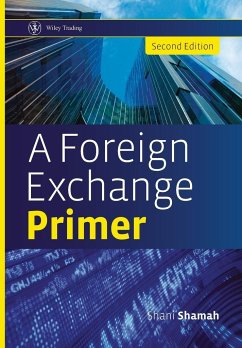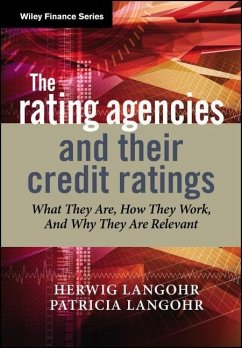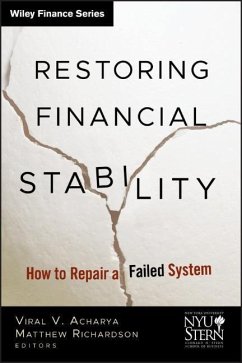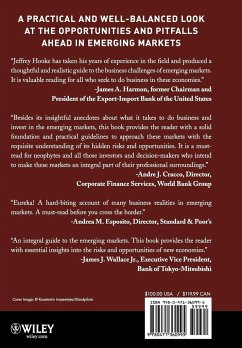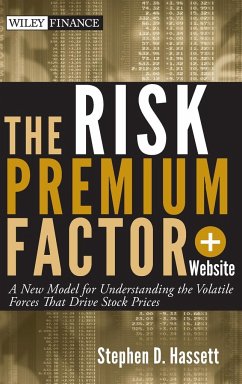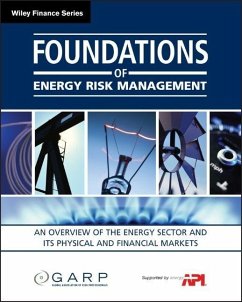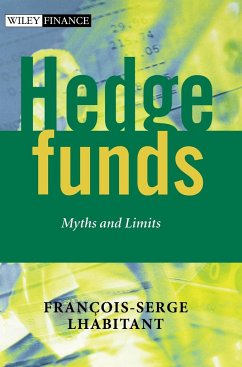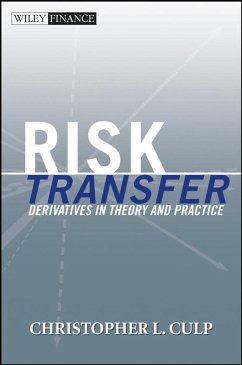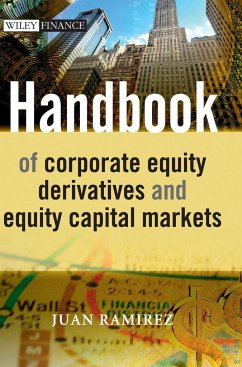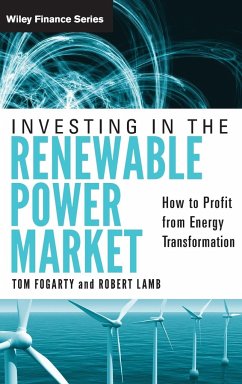
Currency Strategy 2e

PAYBACK Punkte
61 °P sammeln!
Currency Strategy develops new techniques and explains classic tools available for predicting, managing, and optimizing fluctuations in the currency markets. Author Callum Henderson shows readers ho to use mathematical models to assist in the prediction of crises and gives practical advice on how to use these and other tools successfully.
Following the success of the first edition, this second edition includes important new material: a Preface to the Second Edition, additional sections for Chapters 7, 8 and 9 on the Real World of the Currency Market Practitioner, and a new Chapter 11 - Emerging World: New Growth Markets for Global FX.
The global foreign exchange market continues to go from strength to strength, defying those who predicted its demise after the launch of the Euro. However, within this, new Emerging Markets show the greatest potential for growth. This second edition examines in detail the very latest trends in this field, providing important insights for currency market practitioners on regions such as Asia, which may hold the key to the market's development in years to come.
John Maynard Keynes' reference to the 'animal spirits', that elemental force which drives financial markets in herd-like fashion, was applied to the stock market. However, he might as well have been referring to the currency market, for the term sums up no other more perfectly. A market that is volatile and unpredictable, a market that epitomizes such a concept as the 'animal spirits', surely requires a very specific discipline by which to study it.
This is precisely what Callum Henderson does in this eminently practical and readable book. He provides an analytical framework for currency analysis and forecasting, combining long-term economic valuation models with market-based valuation techniques to produce a more accurate and use-friendly analytical tool for the currency market practitioners themselves.
The global foreign exchange market continues to go from strength to strength, defying those who predicted its demise after the launch of the Euro. However, within this, new Emerging Markets show the greatest potential for growth. This second edition examines in detail the very latest trends in this field, providing important insights for currency market practitioners on regions such as Asia, which may hold the key to the market's development in years to come.
John Maynard Keynes' reference to the 'animal spirits', that elemental force which drives financial markets in herd-like fashion, was applied to the stock market. However, he might as well have been referring to the currency market, for the term sums up no other more perfectly. A market that is volatile and unpredictable, a market that epitomizes such a concept as the 'animal spirits', surely requires a very specific discipline by which to study it.
This is precisely what Callum Henderson does in this eminently practical and readable book. He provides an analytical framework for currency analysis and forecasting, combining long-term economic valuation models with market-based valuation techniques to produce a more accurate and use-friendly analytical tool for the currency market practitioners themselves.



